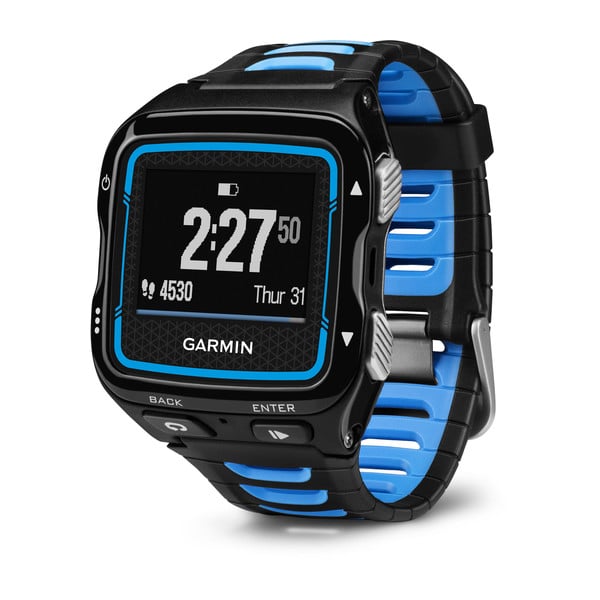One Step Beyond
The PerfectSteak® (not really) machine would work in the following manner:- With the grill cold, you'd clip the device on two grill bars. To the left is your hot side and to the right is your cold side.
- Turn your PerfectSteak on.
- Heat up your grill to the desired temperature. PerfectSteak will let you know when you've achieved that by sending you a message to the PerfectSteak app. All interaction other than turning it on and off will be through the app.
- Press "Load Steak" on your app. The device raises the two long, fork-like rods for you to attach the steak. The PerfectSteak knows when its loaded and begins the timer.
- After two minutes the PerfectSteak raises the steak up, rotates it axially and then places it back on the grill surface.
- After two more minutes the PerfectSteak flips the steak over to the cold side and alerts the user to shut down the hot side.
- After two more minutes, the PerfectSteak flips the steak over axially on the cold side.
- After two more minutes, the PerfectSteak beeps excitedly that it is done cooking the perfect steak!
See the below diagram that provides a clownishly simple view of what would be occurring:
I think that there are some obvious reasons why this will be hard:
- Electroics/motors in a 500ºF environment. I'm sure that we have electronics and motors that could be used in this environment, but they are likely well out of the bounds of consumer applications.
- Alternatively, this could be solved by using two control rods that would go into the grill (from the front) and some clever mechanical engineering to enable all of the above-described acrobatics. This certainly complicates the mounting of the device, but given that its firmly attached to the grill surface, it could hang from the front of the grill without too much problems.
Two Steps Beyond
A few more features that would be quite useful:
- Provide a measured plastic sheet to put your steak on prior to putting on the grill. Have the user take a picture.
- Combine the above with the weight of the meat, and a much more sophisticated model of the piece of meat can be created.
- Use that model, combined with the actual temperature inside the grill, rather than set cooking times to create the truly perfect steak.
- Use thermo-couples inside of the fork-like rod ends to measure internal temperature of the meat to further refine the model.
- Pressing a steak onto two fork-like rods when the rods are at high temperature would be no fun task. The design can be modular, such that the fork is attached outside of the grill and then snapped into place when cooking begins.
- Though much, much more difficult, you could enable the device to control the flow of propane to the grill. Probably one step too far.
[Update 2015-01-06]
I guess the other option is to put the smarts into the grill itself, like the Lynx SmartGrill.







